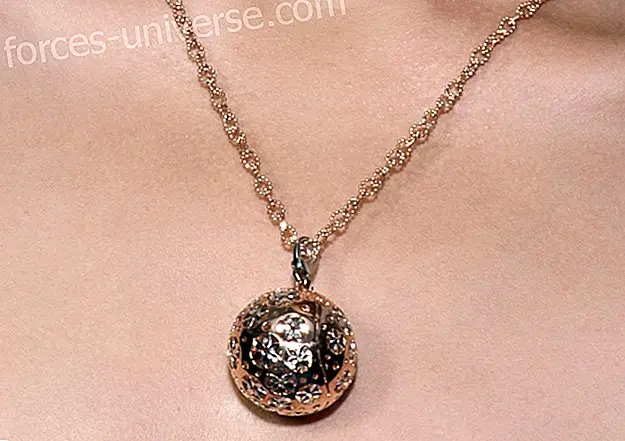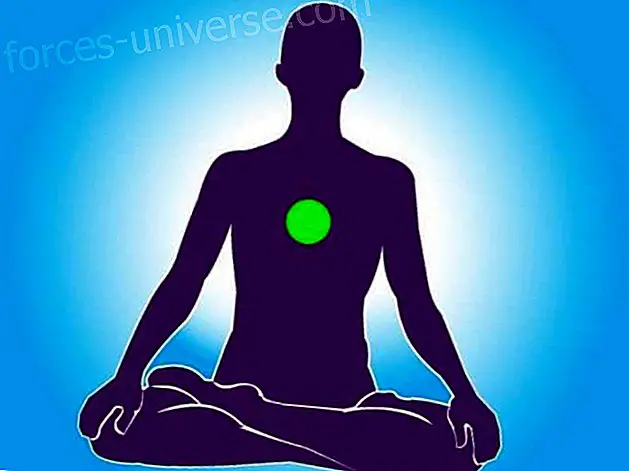The tarot deck consists of two parts, the major arcanum, also called Triunfos with 22 cards, and the minor arcana tarot with the remaining 5 6 cards in four suits: clubs, golds, cups and swords. Below are the four suits, with links to all of their cards and what they mean in divination.
The tarot of minor arcana is divided into 4 suits of 14 cards : cups, swords, golds and clubs, as in Spanish decks, but in an older form: they are decks listed from 1 to 10, plus the characters of the court: the jack, the horse or knight, the queen and the king. Many believe that these were the four social levels during medieval times: the nobility, represented by the swords; the peasants, represented by the clubs; the clergy, represented by the cups and the merchants, represented by the golds.
The scheme of the cards is diverse, although there are many classic designs such as that of the Marseille tarot made at the end of the 17th century, which served as a guide in the realization of the figures and their symbology.
Rider-Waite-Smith Tarot , is a very widespread and recognized deck today, imagined by Arthur Edward Waite in 1910, made by Pamela Colman Smith his disciple and printed by the Rider Company. Another very popular deck is the Book of Thoth Tarot, thought between 1938 and 1942 by Aleister Crowley, an English magician and made by his collaborator Frieda Harris; It was published in 1944, in black and white, accompanied by The Book of Thoth, where it explains in detail the symbology and use.
The four tarot sticks of minor arcana and what they mean
Ace de Bastos

The clubs correspond to the clubs in a deck of cards. Its element is the Greek land. It stands out for its always linked to the earth and concrete . In the four classes of feudal society, the coarse is linked to agriculture and peasants.
When a bank card appears in a reading, its message is concrete: something to do or something done, work and struggle, but also its reward in palpable results.
Ace of Golds

The golds correspond to diamonds in a deck of cards. Its element is the Greek air . Monetary issues stand out, everything related to the economy, also thinking, communication and other things of the mind . In the four classes of feudal society, gold is linked to commerce, merchants and businessmen.
When a gold card appears in a reading, its message refers to economic issues, but also thoughts, curricula, nothing abstract, present in the mind, but not yet in one's hands, whether or not, Due to its nature.
Ace of Cups

The cups correspond to the hearts of a deck of cards. Its Greek element is water. They represent everything emotional, what we feel, whether or not we actually live. In the four classes of feudal society, this suit is linked to that of the clergy, since the church and religion have to do with emotions.
When a drinks card appears in a reading, your message is always about things of an emotional nature : worries, pleasures, temptations, hopes, affections, disappointments, and so on. Events or situations that mainly affect the heart.
Ace of spades

The swords correspond to the swords in a deck of cards. Its element is the Greek fire. They refer to blunt measures, power and firm decision. In the four classes of feudal society, this costume is linked to the aristocracy, warriors and rulers.
When a spades card appears in a reading, its message is about the necessary or already begun actions, the drastic change due to the need or circumstance, the ambition, the competence, the defense and other things that They demand determination and boldness.
AUTHOR: JoT333, editor of the great family of hermandadblanca.org






